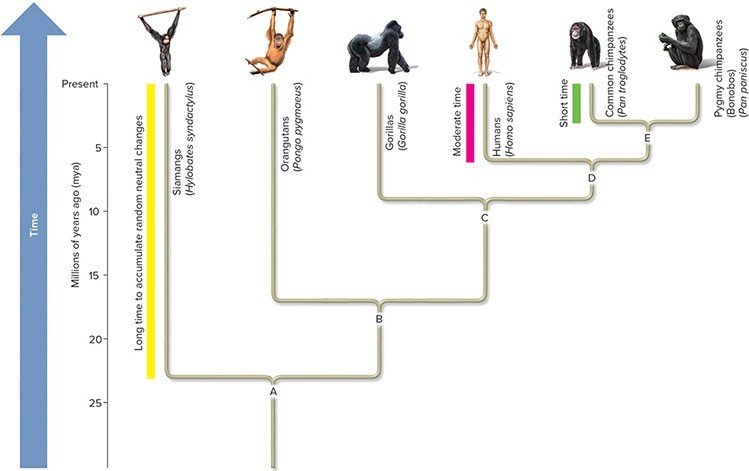Small circular DNA molecules capable of self-replication are called:
a. introns.
b. exons.
c. plasmids.
Ans: c. plasmids.
You might also like to view...
A genus of primarily wind-pollinated plants includes one unusual species that has evolved to be pollinated by insects. Several morphological changes have accompanied this adaptation. The ______________ are more colorful, there is a nectary at the base of the ______________, the ________________ are shorter and produce sticky pollen, and the __________________ are stickier for enhanced pollen capture.
A. petals, stamens, sepals, carpels B. petals, sepals, stamens, carpels C. stamens, carpels, petals, sepals D. petals, sepals, carpels, stamens
Microspores mature into
a. ovules. b. seeds. c. pollen grains. d. megaspores. e. pollen sacs
The adrenal cortex secretion that controls sodium and water reabsorption by the kidneys is _____.
A. cortisol B. epinephrine C. aldosterone D. norepinephrine E. adrenocorticotropic hormone
The figure shows a simplified phylogeny of closely related species of primates. This tree was proposed by comparing DNA sequence changes in the gene for cytochrome oxidase subunit II. The vertical scale represents time and the branch points represent common ancestors. What species did ancestor B give rise to?
A. All of the species except siamangs. B. Siamangs and orangutans. C. All of the species except siamangs and pigmy chimps. D. All of the species except orangutans. E. Gorillas, humans, and both types of chimps.